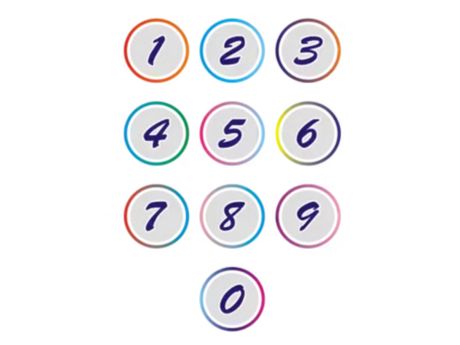Currently Empty: ₹0.00

Hello all. Welcome to the 11th of our Gifted World challenge series. Below the question, you will also find the solution and featured responses we received for Challenge number 10.
This week’s challenge is a pretty simple question, that you can even experiment on at home!

P Q R S T U V W X
Each of the digits 1,2,3,4,5,6,7,8, and 9 is represented by a different letter in the list above.
P+Q+R = R+S+T = T+U+V = V+W+X = 13.
Which digit does T represent? Remember that each of those letters is mapped to a unique digit.
You can use AI to solve it if you would like.
Last day to submit answers is Friday, 18 October. The 3 best answers (as judged by the Gifted World team) will be featured on our blog. Looking forward to your answers
Challenge number 10 wondered whether a ping pong ball can jump above the surface of water after being immersed in a bucket. 50% of you said that the ball can jump out of the water into the air, 17% said that it will rise to its floating position and never above, and 33% said that it will rise above it’s floating position but can never break contact with the water surface. 25% of you did experiments as well, and we salute you for doing so!
When the ball reaches this top point, it still has the momentum from its earlier motion, and that momentum can shoot it out of the water, if it was moving fast enough.
If the ball was released from very close to the surface of the water, then it will rise up to it’s floating position and slightly more.
Therefore, the correct answer is “3. The ball can jump out of the water into the air.”
Lasya Koleti, Grade 10, Manthan School, Hyderabad said “If the ball is pushed down to the bottom of the bucket before release, it can jump out of the water. This is because buoyant force increases with depth of water column.”
Buoyant force on an object is equal to the weight of water displaced by the object. Liquids are almost incompressible, so the density of water doesn’t change between the top and the bottom of the bucket, and therefore the buoyant force doesn’t change.
Khadeejah Fakih, Grade 6. Our Own Indian School, Dubai “I have chose this answer because we all know that ping pong balls are very light so the more we press it down the more pressure it gets so when we release it very fast and because of the pressure it will bounce above its floating position or even bounce out of the bucket .”
MOHOR SENGUPTA. Class- VII B. LORETO DAY SCHOOL BOWBAZAR. KOLKATA. Law of conservation of energy. Potential to kinetic takes place here.
Thank you all for your enthusiastic participation!
For any enquiries, please email us at
janani@giftedworld.org
© 2025 Gifted World | All Right Reserved. Powered By Creativekatta
